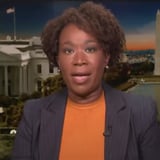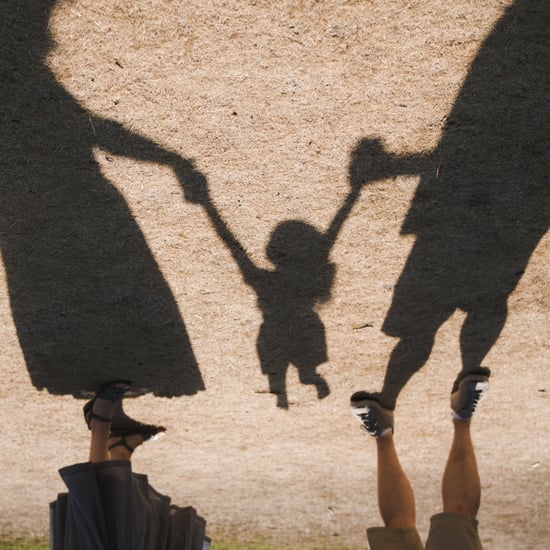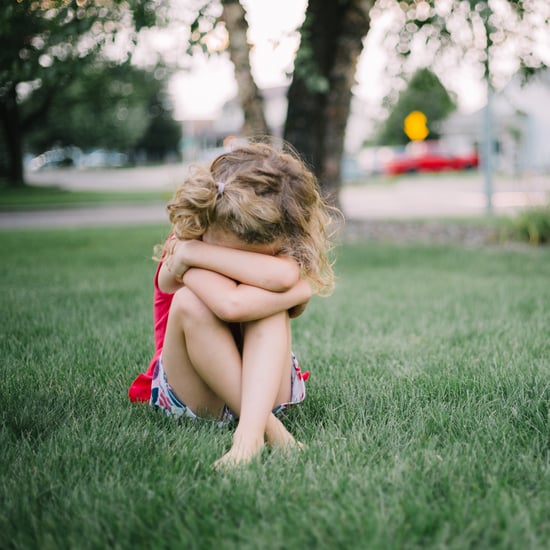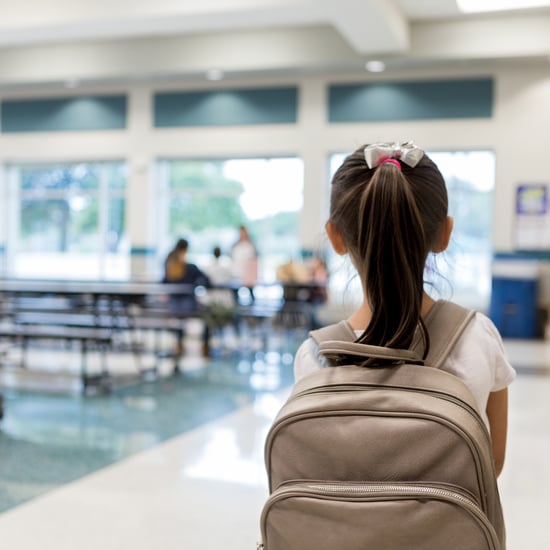How to Explain Domestic Terrorism to Kids
An Educational Psychologist Explains How to Talk About Domestic Terrorism With Kids
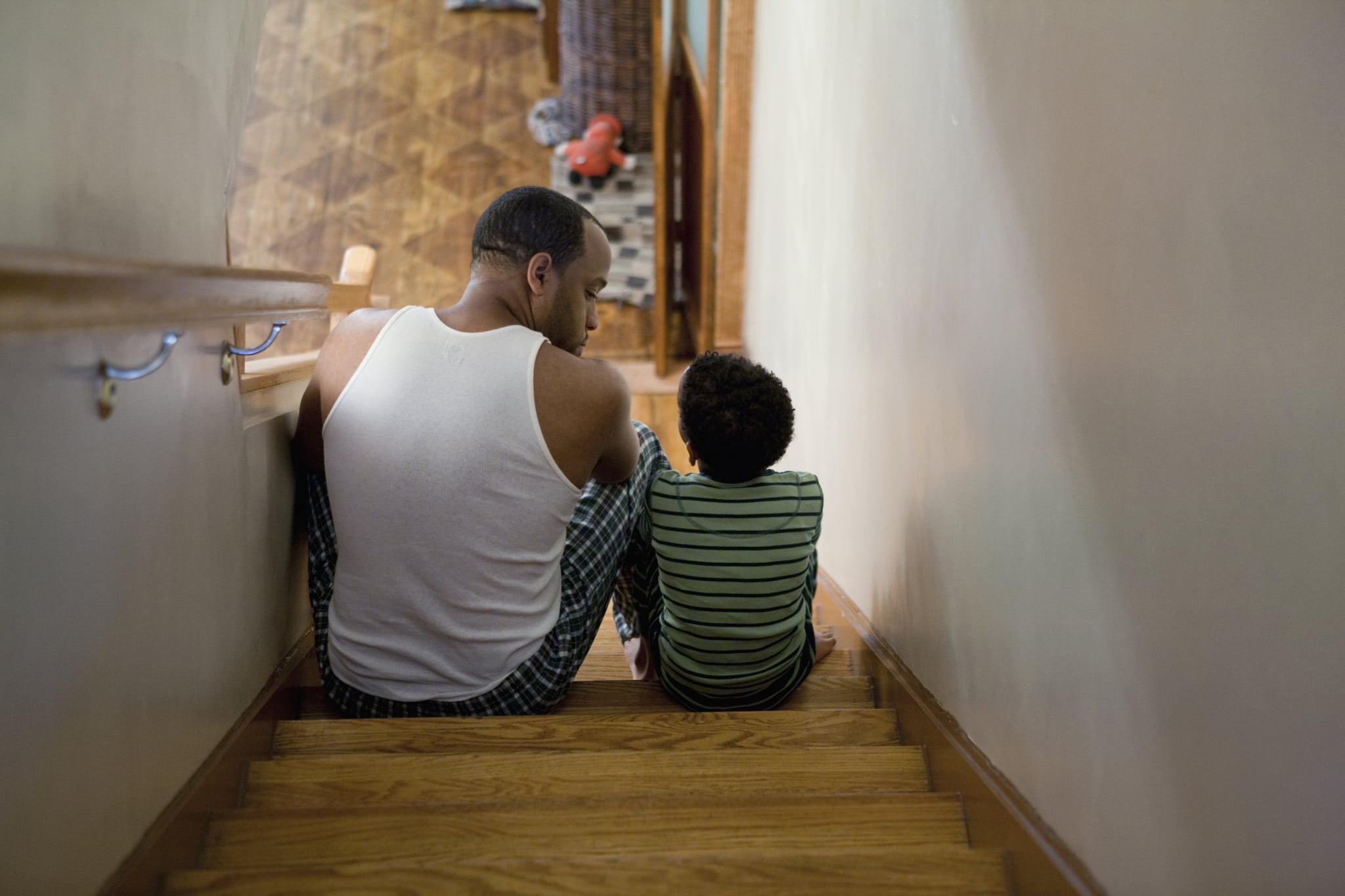
Watching an angry mob storm the Capitol building in response to Trump losing a second term was incredibly disturbing. While the destruction was hard enough to witness as an adult, many parents worry about how their kids will process such a dark event in US history. As an act of domestic terrorism that was incited by a sitting President, speaking with children about what happened is important.
Although parents might be hesitant to bring up the insurrection with young children, preschool-aged kids can digest a basic understanding of what happened, particularly if they saw images or video footage on TV. Scroll ahead to learn how to talk to your children about recent events in a way that they'll understand.
How Do You Explain What Transpired at the Capitol Building to Kids?
Before diving into a serious conversation about the attack on the Capitol, Reena B. Patel, a parenting expert and educational psychologist, urges parents to create a safe space for kids of all ages by allowing them to ask questions and not forcing them to talk about the topic until they're ready. She also emphasised the importance of listening to get kids' perspectives and using the word "sometimes" when talking about the event to remind children that not everyone acts in this manner.
When it comes to discussing these events, be sure to use direct language and avoid sugar-coating the event with young children.
"They used hate by destroying the government and the people's property."
"State the facts: A group of individuals broke the law and demonstrated actions that looked scary and are wrong to make a point," Reena told POPSUGAR. "They used hate by destroying the government and the people's property. Let them know there are rules in our society and no one, not even [President Trump], can break the rules. That is why we have the Constitution."
According to Reena, it's important to emphasise that violence should never be tolerated. "Violence is a form of hate and even words can express hate," she said. "What happened at the Capitol building was wrong and there are always other ways to get your point across."
What's the Best Way to Teach Kids About Patriotism?
With so much political rhetoric floating around, it's important to address what it means to be a true patriot with children. Because things like The Pledge of Allegiance are taught in school curriculum, these conversations can begin as early as age 3. "The best way is to discuss what patriotism is not. It is not using hate to make your opinion heard, harming others, or bullying others to change their views," explained Reena. "Start at your kids' level. Patriotism is showing your love of your country in a peaceful way. It can be shown in a variety of ways, including thoughts, words, and positive actions."
Reena provided some concrete examples of what patriotism looks like, including:
- Saying The Pledge of Allegiance and thinking about what the words stand for
- Discussing what the stars and stripes on the flag mean
- Honouring veterans through making cards or raising money
- Discussing the principles of the Constitution
- Teaching kids about the voting process
- Explaining what a truly peaceful protest looks like
What Are Some Ways to Show the Difference Between Unlawful Behaviour and Peaceful Protests?
Giving a few recent examples from the news may help kids ages 10 or older understand the difference between peaceful protests and unlawful behaviour. For example, Colin Kaepernick kneeling before a football game to protest police brutality against Black Americans is an example of a peaceful protest.
"Use current issues from the news, as a springboard for discussion," said Reena. "Ask [your children] what they think about the issues. Discussing the importance of valuing differences is essential, but modelling this message is even more vital. Evaluate your own circle of friends or the beliefs you hold about certain groups of people."
How Do You Teach Kids About Talking to People With Different Views?
Even though it's not often happening, it should be possible to talk to others who share different political views without the conversation getting heated. "It's OK to disagree, but our actions have consequences," said Reena, who recommends having this discussion with teens. "Teach them how to listen to another person's idea without putting it down."
It's critical that parents model good behaviour when it comes to political disagreements by using "restful language" while debating a particular point. An example of this would be using statements like, "I believe this is what happened." Additionally, adults should cultivate good listening skills by not interrupting others or having extreme emotional reactions. Overall, Reena wants to remind parents that, "you are more likely to have others engage in the same respectful behaviours when they disagree with you."
How Can Parents Handle Fatigue When Discussing These Issues?
"It's OK to take a break from the conversations," explained Reena. "Let your child know that this is an ongoing discussion. Remember children will continue to ask and that's fine. They need multiple times of explanations to help process it. Processing all the information we hear is important but it's wearing. Fatigue can be from stress, depression, and all-around overload as a parent. Taking a walk outside with no TV, phone, or electronic device can help you decompress."
Reena also wants to remind parents that they shouldn't be afraid to ask for help if they're feeling completely overwhelmed. "If you are feeling worn down, ask if your significant other [can] watch the kids so you can get a break," she said. "Take time off if you're working, even if it's a little longer lunch break if you need. Do something for you. Whether it's as simple as taking a long bath, as parents we need to reboot."

